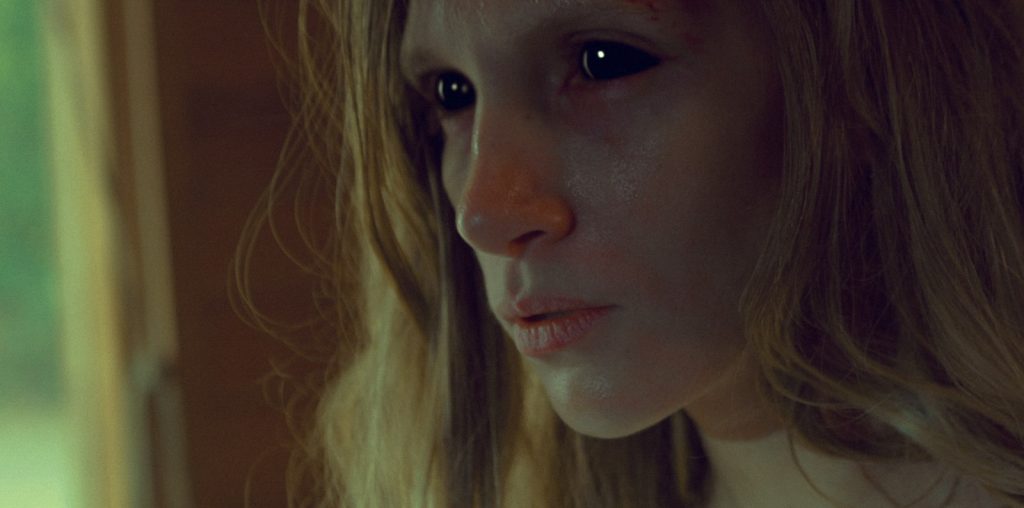
With so many storytelling mediums available nowadays, from books to iPhones to film to podcasts to video games and on, it was only a matter of time before some truly creative ideas came about to take advantage. Cue transmedia storytelling, the idea that a story or creative content can be stretched across numerous mediums to tell an engaging, and in some cases interactive, experience. Due to an expansion of the mediums employed to tell the story, the audience too is expanded, as different mediums offer different entrypoints to the story. For example, the audience for a short film can be enticed to follow the story to the comic book world, while the comic book audience finds its way to the short film. Or in the case of the TV show LOST, the audience was engaged by an alternate reality game to interact with the LOST world and mythos while the show was on hiatus. Simply, a more diversified audience, offered more entrypoints to the story across numerous different mediums, increases the overall exposure of, value of and audience investment in, the story.
But that’s the quick definition. In all honesty, since transmedia is still a relatively new idea (despite examples of its usage going back decades, just without the pretty title of “transmedia”), particularly in the world of independent and underground film projects, the definition is one that is waiting to be refined. This is why we’re conducting a Film in 140 Panel next week entitled “Transmedia: What Is It, and Why Should You Care?” and is also the reason I’m writing this today. Welcome to “Transmissions on Transmedia,” a new weekly column that will launch in earnest next Wednesday Thursday.
“Transmissions on Transmedia” will focus on not just news in the world of transmedia storytelling, but also profile successful transmedia projects and interview the different filmmakers and artists engaged in this expanded artform. Hopefully it’ll educate and inspire, as we write the future of independent film and transmedia together!
